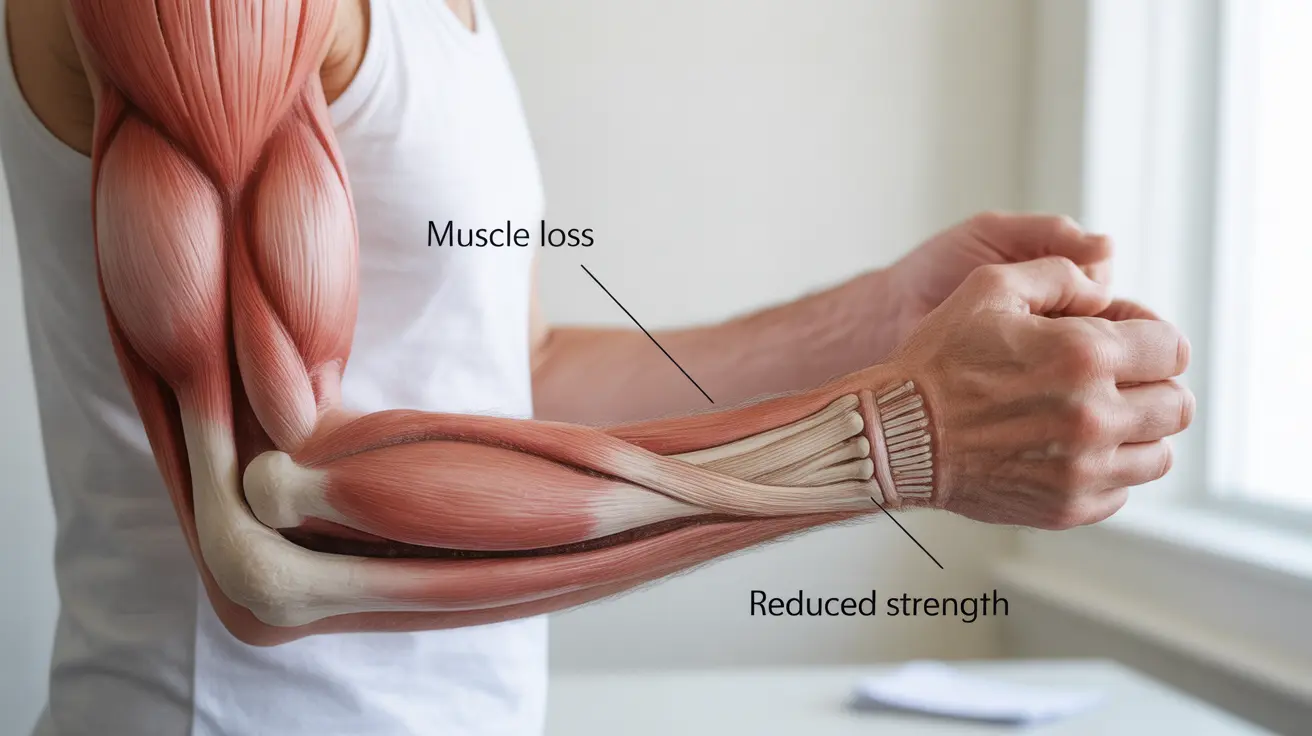Sarcopenia, a progressive condition characterized by the loss of muscle mass, strength, and function as we age, affects millions of older adults worldwide. This natural but potentially serious age-related change can significantly impact quality of life, mobility, and independence. Understanding its symptoms, causes, and management strategies is crucial for maintaining health and vitality in later years.
While sarcopenia is commonly associated with aging, it's not an inevitable consequence of getting older. With proper intervention and lifestyle modifications, you can take proactive steps to prevent, slow down, or even partially reverse its effects.
Understanding Sarcopenia and Its Impact
Sarcopenia typically begins to develop around age 40, with muscle mass declining at a rate of approximately 3-8% per decade. This process often accelerates after age 60, potentially leading to decreased mobility, increased fall risk, and reduced independence in daily activities.
Key Risk Factors
Several factors contribute to the development of sarcopenia:
- Advanced age
- Sedentary lifestyle
- Poor nutrition
- Chronic diseases
- Hormonal changes
- Inflammation
- Reduced protein synthesis
Recognizing Early Warning Signs
Early detection of sarcopenia is crucial for effective intervention. Common indicators include:
- Declining grip strength
- Difficulty rising from chairs
- Slower walking speed
- Reduced ability to lift objects
- Increased fatigue during physical activities
- Unintentional weight loss
- Loss of muscle bulk
Prevention and Treatment Strategies
Exercise Recommendations
Physical activity plays a crucial role in managing sarcopenia. The most effective exercise program includes:
- Progressive resistance training
- Weight-bearing exercises
- Balance training
- Aerobic activities
- Functional movement exercises
Nutritional Interventions
Proper nutrition is essential for maintaining muscle mass and function. Key dietary considerations include:
- Adequate protein intake (1.0-1.2g per kg of body weight)
- Essential amino acids
- Vitamin D supplementation
- Balanced micronutrient intake
- Adequate caloric consumption
Medical Management Options
Healthcare providers may recommend various interventions to address sarcopenia:
- Hormone replacement therapy (when appropriate)
- Vitamin D supplementation
- Specialized exercise programs
- Nutritional counseling
- Regular monitoring of muscle mass and function
Frequently Asked Questions
- What are the main symptoms of sarcopenia and how can I recognize them in myself or a loved one?
The main symptoms include decreased muscle strength, difficulty performing daily activities, reduced walking speed, and trouble maintaining balance. You might notice increased fatigue, difficulty rising from chairs, or weakness when lifting objects.
- What types of exercise are most effective for preventing or treating sarcopenia?
Progressive resistance training is most effective, combined with balance exercises and aerobic activities. Start with body weight exercises and gradually increase intensity. Aim for 2-3 sessions weekly of strength training, incorporating exercises like squats, push-ups, and resistance band work.
- How does nutrition, especially protein and vitamin D intake, impact sarcopenia risk and muscle health?
Adequate protein intake (1.0-1.2g per kg of body weight daily) is crucial for muscle maintenance. Vitamin D supports muscle function and strength. Consume protein-rich foods throughout the day and consider vitamin D supplementation if levels are low.
- Are there any medications or supplements proven to help with sarcopenia, and what are the risks and benefits?
While no medications are specifically approved for sarcopenia, vitamin D supplements and protein supplements may help when combined with exercise. Some hormone treatments might be recommended in specific cases, but these should be discussed with healthcare providers due to potential risks.
- Can sarcopenia be reversed or slowed down, and what lifestyle changes make the biggest difference?
While complete reversal may not be possible, sarcopenia can be significantly slowed through regular resistance exercise, proper nutrition (especially adequate protein intake), and maintaining an active lifestyle. Early intervention produces the best results.




